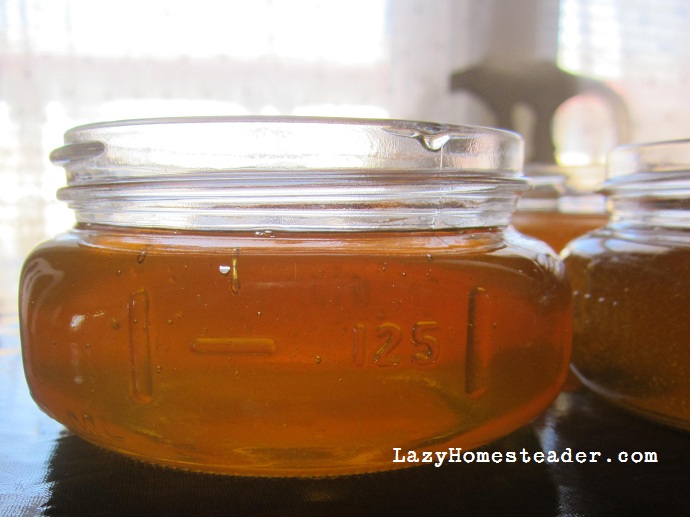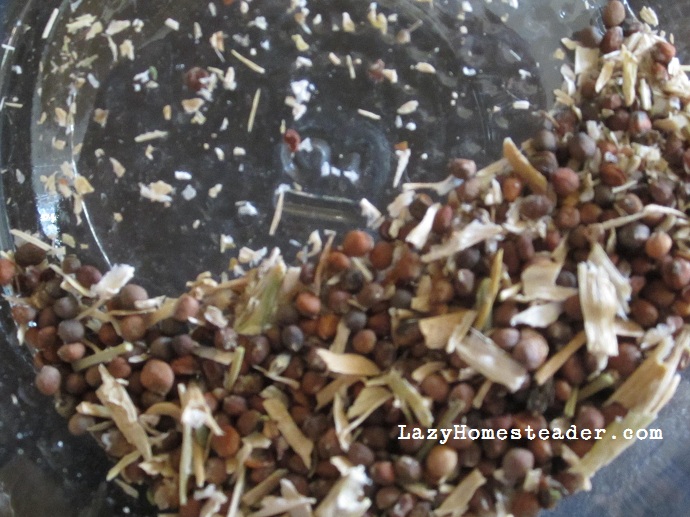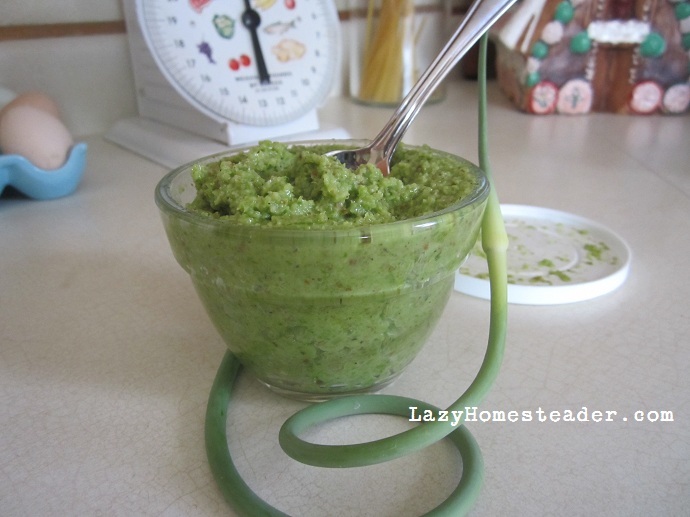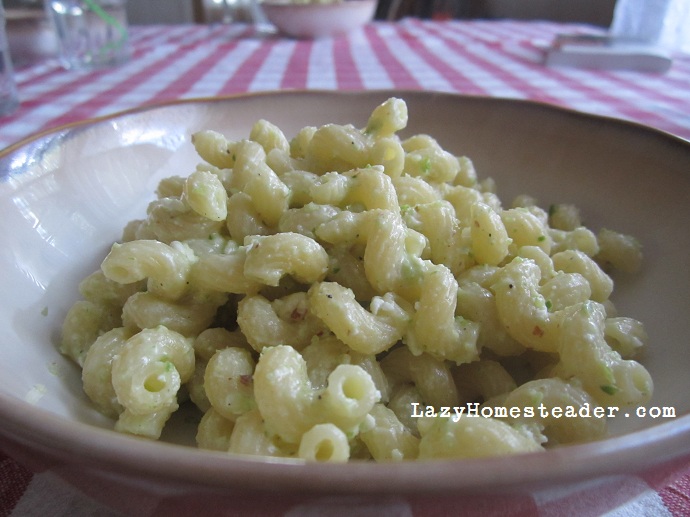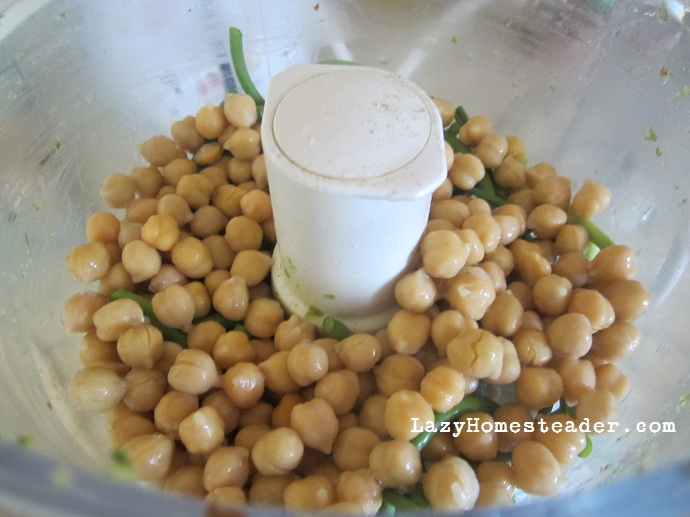The next two stops on the Denver Botanic Gardens Urban Homestead Tour that I want to share were two of my favorites.
Lori in Aurora was growing a great variety of vegetables. In the circle in her front drive way she had many varieties of winter squash, summer squash, cucumbers and melons. She was very generous and gave us two good sized spaghetti squash to take home.

In her back yard, she was growing in raised beds.

Her kale and tomatoes were fantastic, and we exchanged tips on season extension and overwintering greens.
But Lori had something completely different up her sleeves. Aeroponic gardening. Her website explains this a lot better than I can, but basically you can grow a large amount a vegetables in a very small space in about half the time as traditional in-ground gardening.

Above is a newly planted tower garden. It holds water in the reservoir at the bottom. The water is pumped through the tower which both waters and oxygenates the plants. It can be plugged in to a regular outlet or converted to solar.
Below you can see water pumping through the tower. We lifted the lid at the very top of a full-grown tower to see.

This tower was planted July 27th. The photo was taken September 22nd. Look at the size of that melon in only 8 weeks!
This would be an incredible option for those wanting to grow a sizable garden in a very small space (apartment dwellers, perhaps). Also great for those who can’t do a lot of bending. It is all grown vertically – the tower stands about five feet tall and is on rollers.

This tower is growing greens in the heat of the summer, a tomato plant, cucumbers and heirloom watermelon all in an area of 2.5 x 2.5 feet. The towers are a bit spendy, but they do use water and space very efficiently, and the company offers payment plans. This was the second planting of the summer for Lori and her family in this tower.
Check out Lori’s website for more info on aeroponic growing: DenverTowerGarden.com
Where Lori’s gardens are so compact, Brenda and David Zserdin’s garden is completely opposite.
Up in old Lakewood, the Zserdin’s are growing on a half-acre, a very eclectic and sprawling mini-Eden. Their little white coop houses 24 chickens, a mix of Bantams and full-size hens and roosters.

Inside the coop is a tree-branch roost that runs the length of the whole left-hand wall. On the right are nest boxes, feed and water and space to store supplies. The Zserdin’s had to give this coop a little TLC to make it warm enough for the winter by adding insulation and heat lamps.

It’s easy to see that Brenda and David’s birds are spoiled and happy.
H and E quickly found a friend in the Zserdin’s son, who also happened to be wearing a cape that day. They ran off to play while we toured the homestead.
Their garden is just amazing. Lots of re-purposed materials for garden structures as well as fun decorative elements make it a joy to walk through.

I loved the pole beans growing on actual poles and walking over wooden planks, past the cukes and melons trellised on old pallet wood.

Vegetables were planted in a tractor tire, old tubs and in the ground. We wound our way through the tomatoes to the grape vines at the back of the garden.

Rick was quick to spot the Three Sisters planting among the extensive culinary and medicinal herbs that Brenda has growing.

I was in love with the compost bin set-up they had.

Brenda and I found a lot of common ground talking about chickens, homeschooling and preserving the harvest by canning and freezing. David and Rick hit it off too, talking wood cutting, home brewing and whatever else men talk about while their women are off discussing the merits of sand for litter in the chicken area.

David and Brenda work from home doing an embroidery and screen printing business, Flutterby Designs, as well as homeschool their children. The Zserdin’s were very gracious hosts. They chatted and offered snacks and drinks and made us feel completely at home, like old friends. We exchanged phone numbers and email and are excited to count them as new ones.
Later this week, I’ll show you the last three stops that we were able to get to on the tour. In the mean time, make sure to explore the photos I posted in Part I.

